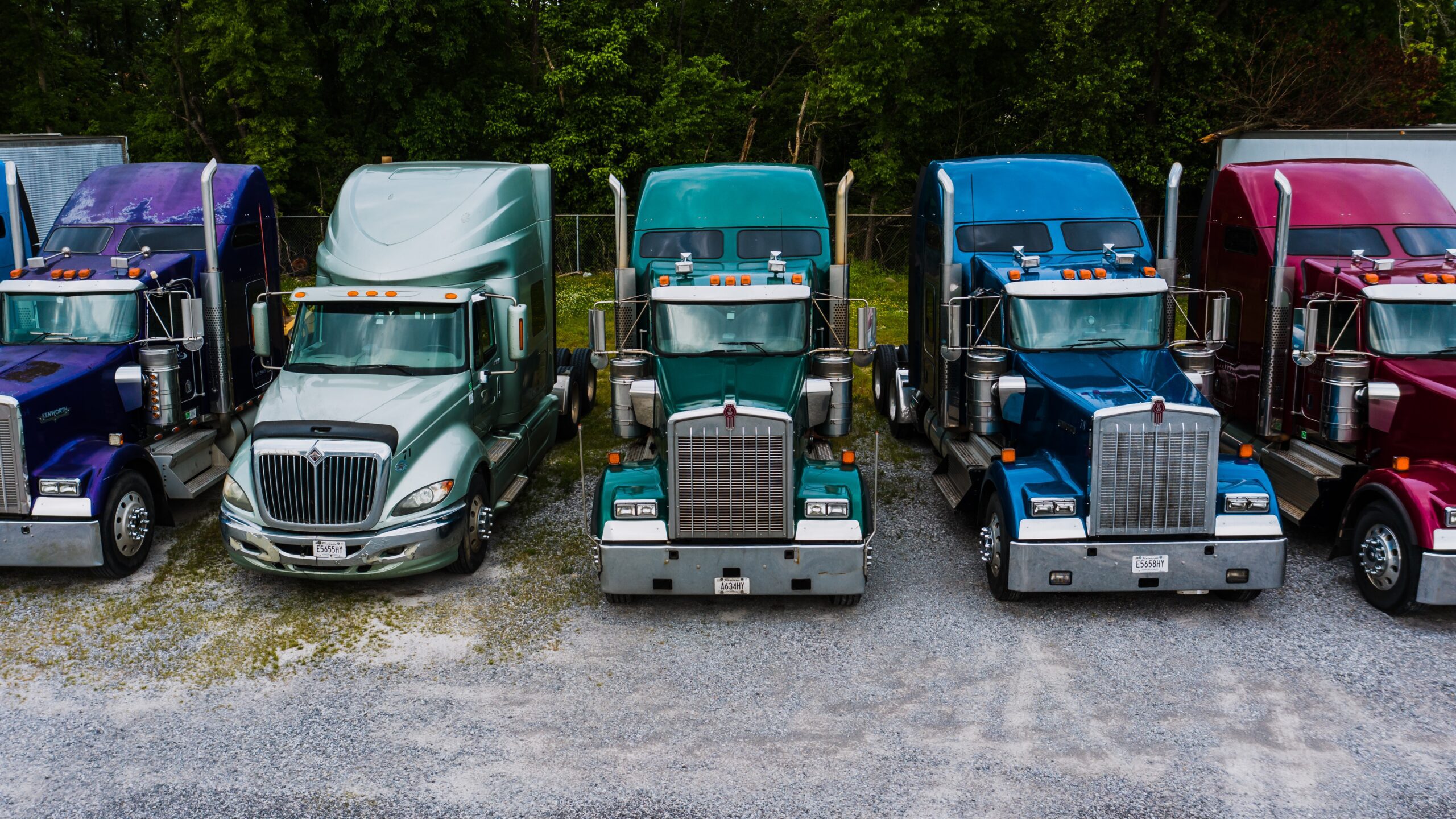22 Jun

In the fast-paced world of transportation and logistics, effective communication and real-time updates are crucial for optimizing operations. To ensure smooth coordination between drivers and dispatchers, keeping everyone informed about the progress of drives, pickups, and deliveries is paramount. This blog post explores the best practices and tools available to keep drivers and dispatchers up to date, enhancing efficiency, customer satisfaction, and overall business success.
- Implementing a Centralized Communication System: One of the fundamental steps in keeping drivers and dispatchers well-informed is establishing a centralized communication system. By utilizing technology solutions such as transportation management systems (TMS) with built-in communication features, companies can streamline communication channels and eliminate the need for disjointed methods like phone calls or emails.
A TMS provides a platform where dispatchers can share critical information with drivers, such as pickup and delivery details, changes in routes, or unexpected delays. Real-time updates enable drivers to stay informed on their mobile devices, ensuring they have access to the latest information at all times.
- Leveraging Automated Notifications: Automated notifications play a pivotal role in maintaining efficient communication between drivers and dispatchers. By configuring the TMS to send automated alerts and notifications, both parties can stay informed about drive progress, pickup schedules, and delivery status without constant manual intervention.
For example, dispatchers can set up notifications to inform drivers about upcoming pickups, changes in schedules, or any specific instructions. On the other hand, drivers can receive automatic updates on traffic conditions, route deviations, or delays. These notifications enable quick adjustments, proactive decision-making, and enhanced operational efficiency.
- Real-Time Tracking and GPS Integration: Real-time tracking is a game-changer for keeping drivers and dispatchers on the same page. By integrating GPS technology with the TMS, companies can gain real-time visibility into the location of drivers and their progress throughout the drive, pickup, and delivery process.
Real-time tracking provides dispatchers with an accurate assessment of driver availability and enables them to allocate resources effectively. Additionally, it allows dispatchers to identify potential bottlenecks or delays and take proactive measures to mitigate them, improving overall customer satisfaction.
- Driver Mobile Applications: Driver-centric mobile applications enhance communication and provide drivers with a user-friendly interface to access all the relevant information about their assigned drives. These applications can offer features such as route optimization, digital proof of delivery, and messaging capabilities.
Through a driver mobile app integrated with the TMS, drivers can receive push notifications about new assignments, changes in delivery instructions, or any critical updates. They can also use the app to capture and upload delivery confirmations, including signatures or photos, ensuring transparency and accountability.
In today’s fast-paced transportation industry, effective communication and real-time updates are essential for optimizing operations and ensuring customer satisfaction. By implementing a centralized communication system, leveraging automated notifications, integrating real-time tracking, and providing driver mobile applications, companies can keep drivers and dispatchers up to date on the progress of drives, pickups, and deliveries. These best practices enhance operational efficiency, reduce errors, and foster smoother coordination between all stakeholders. By embracing technology solutions such as TMS platforms, transportation companies can drive success and stay ahead in the ever-evolving industry landscape.






